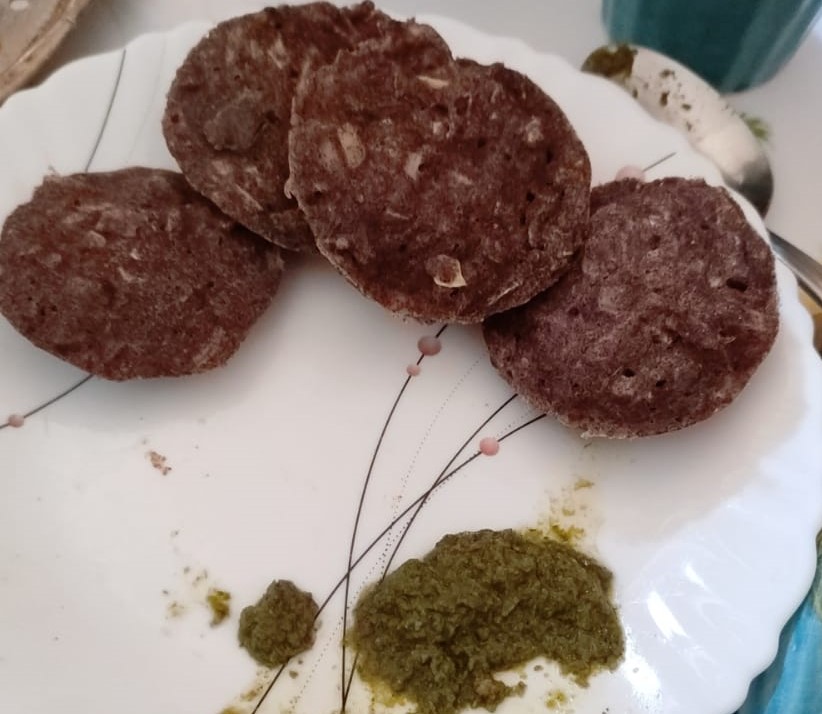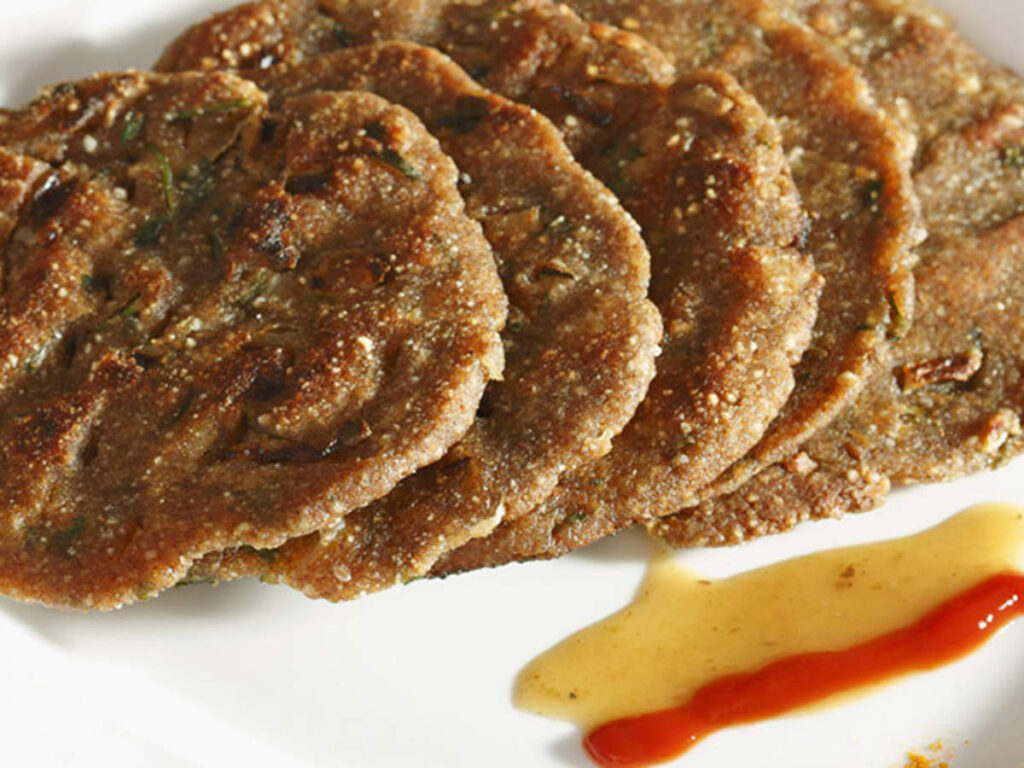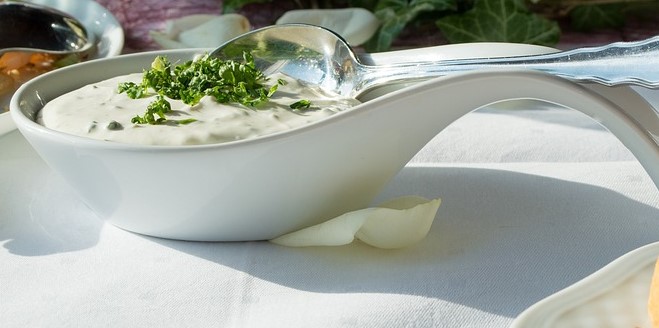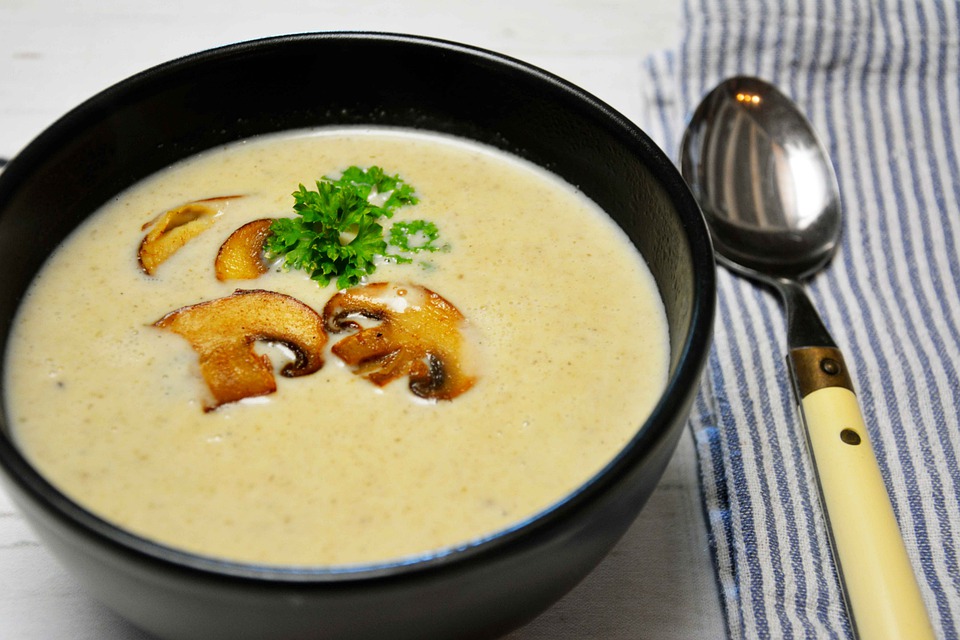What are phytonutrients? A Comprehensive Guide
What are phytonutrients?
Let’s start this topic by a basic understanding of phytonutrients. Phytonutrients are naturally occurring chemicals or compounds that are present in plants. They are also known as phytochemicals. Or you can also understand them as the chemicals produced by plants.
They have different roles or functions such as protecting the plant from insects or from UV radiations. Phytonutrients are bioactive substances. Now, to make it easier, let me explain what are bioactive compounds. In simple words, bioactive compound is a compound that has an effect on living organism. These compounds are known to be essential compounds.
Phytonutrients have an excellent effect on health of human beings and they may provide health benefits in treatment/prevention of various diseases and in disease management. Moreover, it can be said that phytonutrients have a positive impact on human health.

Do you know that researches say, that phytonutrients being natural compounds have less side-effects as compared to various therapies and treatments such as radiations and chemo-therapy? Furthermore, the best part about them is that they are cost-effective and are easily available. If used widely, they can help in reducing health care cost. Which we all know is way higher in these times.
Let me introduce you to the various bioactive phytonutrients. Some of the important phytonutrients include, polyphenols (you must have heard about them), terpenoids, flavonoids, isoflavonoids, carotenoids (another common phytonutrient), phytoestrogens, phytosterols, omega-3 fatty acids and probiotics. Now, let’s discuss about the characteristic values of these phytonutrients:
- They are anti-microbial, anti-oxidants, anti-inflammatory, anti-allergic
- Neuroprotective, hepatoprotective (preventing damage to the liver), hypolipidemic and hypotensive.
- They also aid in diabetes and osteoporosis management.
And this is not all, applications of phytonutrients are much wider.
Benefits/Efficacy of Phytonutrients
As mentioned above, we have seen that phytonutrients are loaded with ample amount of benefits corresponding to human health. Be it anti-oxidative properties or anti-carcinogenic or anti-inflammatory properties, they not only possess them, but are way rich in them.
So now, by seeing all these benefits, you might have a question, that What really is the efficacy of phytonutrients?
It is said by researchers that phytonutrients when consumed in diet have beneficial health benefits and promotes overall health. They protect against chronic degenerative diseases such as cancer, cardiovascular, neurodegenerative disease and diabetes, hypertension etc.
Let’s take examples of few phytonutrients to understand the benefits/efficacy:
- Carotenoids, tocopherols, lipoic acids and polyphenols have very strong anti-oxidative properties which helps to reduce the effect of free-radicals on your body.
- Phytoestrogens may help in hormone replacement therapy and are also good for cardiovascular health. These phytonutrients are also known to help in menopausal symptoms.
- Probiotics is another class of phytonutrients and generally constitutes the microorganisms from the following two classes: Lactobacillus and Bifidobacterium. They are used for controlling weight gain or obesity, improves insulin sensitivity and also increases satiety.
It can be said that phytonutrients pose an immense amount of benefits to the human health, but there are some factors that should be kept in mind before consuming them. Such as amount, interaction with the body, and their effects on individuals under certain medical conditions.
Different phytonutrients and their benefits
Polyphenols
- They are naturally occurring compounds majorly found in fruits, vegetables, cereals and even chocolates and legumes.
- Major sources include: cereals, legumes, nuts and oilseeds (flaxseeds, olive seeds), fruits and vegetables. Also found in tea, coffee, cocoa, beer and wine.
- Generally, fruits include 200-300 mg of polyphenols per 100g. Dietary intake of polyphenols may be about 1g per day.

Therapeutic property:
- These are generally available as fortified nutraceuticals and their health benefits include:
- Influential anti-oxidative, anti-inflammatory, antidiabetic, anti-viral, anti-allergic, anti-aging and DNA protective properties.
Resveratrol
It is a natural compound make by plants when they are under stress and under the attack of pathogens. Most commonly found in grapes and peanuts. They are found in grape skins and little in the grape flesh. Do you know that they are present in red wine in good amounts?

Therapeutic property:
- It is considered to be good for cardiovascular health and also possess neuroprotective effects.
- You will be amazed to know that resveratrol has two forms under UV radiations. It goes under isomerization and produced “trans” and “cis” form. Trans form has much more beneficial effects as compared to cis form.
- The most important property of resveratrol is that is has anti-carcinogenic and anti-tumor properties. And that is really great for cancer treatment and prevention.
Flavonoids
Flavonoids are said to be polyphenolic compounds and they are majorly present in legumes, fruits and vegetables, tea, olive oil, walnuts, peanuts and even in spices. Green leafy vegetables, onion, apple and berries are one of the richest sources of flavonoids.

Therapeutic property
- These has been an extensive research on flavonoids. And they have anti-bacterial, anti-viral and anti-oxidative properties. That means they have a protective effect on free radicals.
- They also act against allergies, inflammation, microbes, and tumors.
- Do you know they have a protective effect on inflammatory disease, such as cardiovascular disease and cancer?
Carotenoids
- Carotenoids are one of the major groups of phytochemicals. Majorly found in red, yellow and orange fruits and vegetables, this class possess amazing health benefits.
- Do you know a fun fact: that there are around 700 phytochemicals of carotenoids present and out of these 700, only about 24 are commonly available for the human consumption!
- You must have heard about different carotenoids such as α-carotene, β-carotene, lycopene (present in tomatoes), and lutein.

Therapeutic properties
- They have anti-cancerous properties. And they are also found to be protective against cardiovascular diseases.
- Eye health protection is also one of the properties of carotenoids.
- They also have anti-oxidant properties that reduces the risk generated by free-radicals.
Phytoestrogens
Phytoestrogen are naturally occurring non-steroidal compounds produced by plants. They mimic estrogens in human body. These are present in natural dietary products such as soybeans, wheat, barley and corn.

Therapeutic properties
- Phytoestrogens have similar structure to the estrogens and possess both, estrogenic and anti-estrogenic properties. They also provide protection against bone loss and heart disease.
- You must be aware of menopausal symptoms, and high rates of fractures associated with post menopause. Phytoestrogens protects bone loss.
- They also have anti-cancerous properties and promotes heart health.
Glucosinolates
For this phytonutrient, cruciferous vegetables are the richest source. Furthermore, Glucosinolates are present in the crucifers in very good concentrations. Such as, cabbage, broccoli, cauliflower, kale. Not only these vegetables are rich in this phytonutrient, but also are rich in various vitamins and minerals.

Therapeutic properties
- They are activators of liver’s detoxifying enzymes. Therefore, aiding in detoxification of the body.
- Also have a protective effect on carcinogenesis and from free radicals. They not only helps in digestion but also improves overall digestive health.
| Phytonutrient | Source | Benefits |
| Polyphenols | Cereals, legumes (barley, corn, nuts, oats, rice, sorghum, wheat, beans, and pulses), oilseeds (rapeseed, canola, flaxseed, and olive seeds), fruits, vegetables, and beverages (fruit juices, tea, coffee, cocoa, beer, and wine) | Anti-oxidant, anti-carcinogenic, anti-inflammatory, anti-neurodegenerative, anti-diabetic, anti-viral, skin photoprotective, anti-allergic, anti-platelet, anti-aging, cryoprotective, and DNA-protective properties. |
| Resveratrol | Blueberry, peanuts, red grapes, and red wine | Anti-oxidant, anti-cancer, prevents aging, diabetes, and heart diseases |
| Flavonoids | Berries, legumes, tea, grapes, olive oil, cocoa, walnuts, peanuts, spices, fruits, and vegetables. Especially green vegetables, onion, apple, berries, and tea | Anti-bacterial, anti-oxidant, anti-viral, analgesic activities, inhibition of hydrolytic and oxidative enzymes, anti-inflammatory, anti-viral, and antiproliferative |
| Carotenoids | Carrots, leafy greens and red, orange and yellow vegetables, and pumpkin | Anti-carcinogenic, enhances release of immunogenic cytokines IL-1 and TNF-α, provides cornea protection against UV light, and stimulates DNA repair enzymes |
| Phytoestrogens | Soybeans, wheat, barley, corn, alfalfa, and oats | Anti-cancer, heart diseases, menopausal symptoms, and osteoporosis |
| Glucosinolates | Broccoli sprouts, cabbage, cauliflower, collards, cruciferous vegetables, kale, radish, and turnip | Anti-oxidant, prevent DNA damage, and reduce risk of breast and prostate cancers |
If you are struggling shedding weight. You can talk to us by taking this assessment: Click here
For more information click here



































